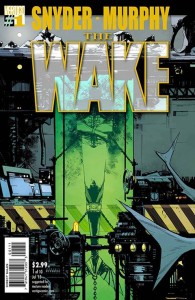 Editor’s Note: I got to tell you, I give this whole thing a spoiler-factor of about nine point five.
Editor’s Note: I got to tell you, I give this whole thing a spoiler-factor of about nine point five.
James Cameron’s 1989 movie The Abyss is one of my favorite movies (and if you could quit fucking around with deep sea diving and get a Blu-Ray version mastered, Jim, I’d sure appreciate it). It’s got a mix of claustrophobia, environmental danger, interpersonal conflict and threatening weird alien shit that, even a quarter-century later, it’s just hard to find anywhere else. I saw it in its initial theatrical release, I’ve owned it on VHS and DVD, and will forever harbor an inappropriate and filthy crush on Mary Elizabeth Mastrantonio because of it, despite the fact that she’s not still 29 any more than I’m still 18.
If I had to hazard a Russian Roulette interrogation guess, I’d bet that writer Scott Snyder is a big fan of The Abyss, too. Because the first issue of The Wake, the Vertigo miniseries he took a break from American Vampire to produce, is rocking a lot of the elements of that movie. We’ve got a female ocean-related scientist who’s been called back to her area of expertise. She’s trapped on an undersea oil drilling platform with a male former co-worker with whom she has a contentious relationship. The military is throwing their hand in. And there are aliens there: aliens that are threatening to use our oceans to wipe us out… only Snyder implies that, without Ed Harris there to suck pink goo at the bottom of the ocean and use his inappropriate and filthy crush on Mary Elizabeth Mastrantonio to whimper for our lives, we’re kinda fucked no matter what happens in the remaining nine issues of this ten-issue miniseries.
So make no mistake: you’re gonna see things that you have seen before in this issue. But is it worth checking out even if you’ve spent hundreds of hours watching The Abyss (Or perhaps thousands of hours, if you count the time spent freeze-framing on Mary Elizabeth Mastrantonio’s boobs)?
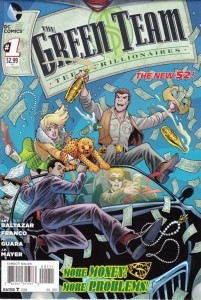
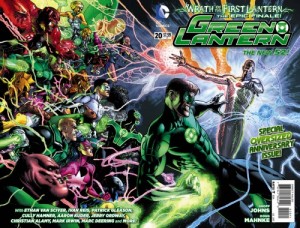

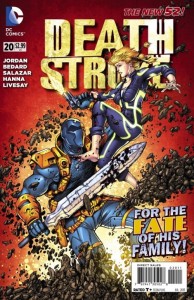
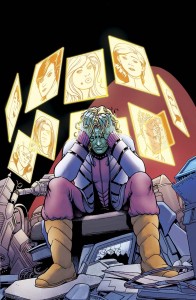
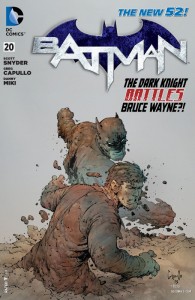
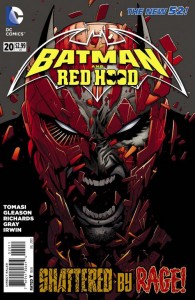
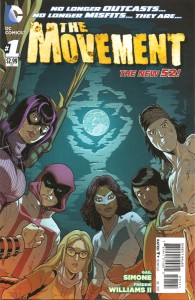
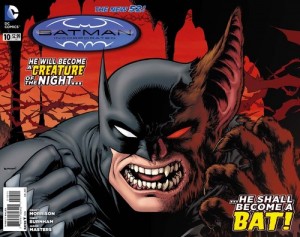
 Podcast RSS Feed
Podcast RSS Feed iTunes
iTunes Google Play
Google Play Stitcher
Stitcher TuneIn Radio
TuneIn Radio Android
Android Miro Media Player
Miro Media Player Comics Podcast Network
Comics Podcast Network